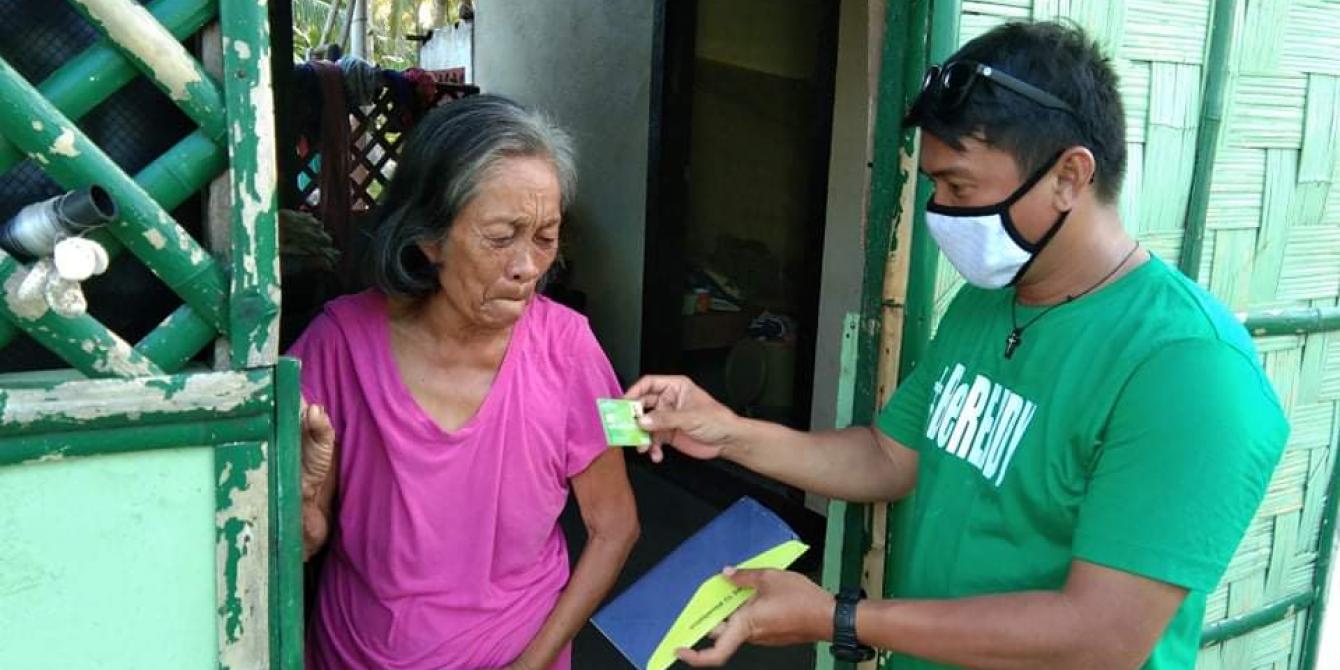Building Elements of Sustainable Disaster Risk Financing Strategy: A Scoping Study Report

Initial evidence from the B-READY (Building Resilient, Adaptive andDisaster Ready Communities) Project indicates that strategic investments in preparedness activities could result in lesser spending on recovery efforts, as well as improve the disaster-vulnerable population’s capacity to manage impacts, resume their income-generating activities faster, and increase their resiliency. The Project was piloted in Salcedo, Eastern Samar province in 2019 by Oxfam inpartnership with the local government of Salcedo, Plan International ,Global Parametrics, People’s Disaster Risk Reduction Network, PayMaya, and Smart Padala. Believing in the importance of financial institutions during humanitariancrises, Oxfam commissioned MicroFinanza Rating, a global rating agencyspecializing in inclusive finance, to conduct a scoping study referred to as “Building Elements of Sustainable Disaster Risk Financing Strategy” to gather evidence and identify opportunities and conditions for practicable preemptive financial services based on parametric forecasting and risk modeling technology.
The study involved extensive desk reviews, policy and regulatory reviews, and interviews with project partners and a diverse group of financial institutions, including microfinance non-government organizations (NGOs), rural banks, and digital lenders that work withcommunities living in poverty who are particularly vulnerable to external shocks and stresses of disasters and emergencies.
The financial institutions involved in the study showed a general interest in the concept of preemptive financial services and the adoption ofdisaster preparedness and mitigation approaches, especially in terms ofmicrofinance. On the other hand, the elements and considerations that need to be in place for the financial sector to build a sustainable disaster risk financing strategy are: accuracy of the weather index, its availability in different geographical locations, price affordability, user demand, client financial literacy level, and funding.
To conclude, Oxfam, in consultation with financial institutions, listed theconditions that are required for the financial sector’s uptake of thedisaster risk financing strategy of B-READY. These are: the availability ofgrants, subsidized funding, credit risk-sharing mechanisms, technicalsupport for product design and staff training, financial literacy, anddisaster preparedness training for clients.

 Follow us on Facebook
Follow us on Facebook Instagram
Instagram Follow us on Twitter
Follow us on Twitter LinkedIn
LinkedIn